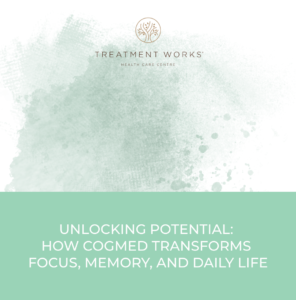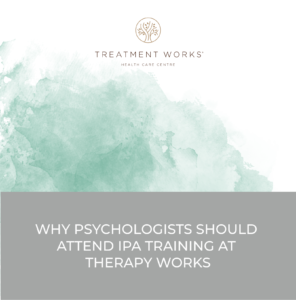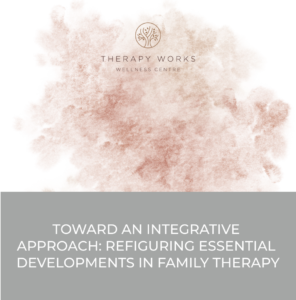“The More You Try to ‘Bury’ that Experience the Worse It can get,” Says Clinical Psychologist & Psychotherapist, Dr Warwick Phipps
“It’s so strange the more I try to busy myself and not think about that terrifying event the more it seems to ‘pop-up’.” This experience is in fact not strange at all but a very typical experience for someone who is suffering from a commonly occurring condition known as POSTTRAUMATIC STRESS DISORDER (PTSD).
WHAT IS IT?
Posttraumatic Stress Disorder as the name implies normally results when a person has been exposed to or witnessed something very traumatic such as military combat, rape, physical attack, robbery, kidnapping, natural or manmade disasters, car accidents, or the diagnosis of a life-threatening illness. Usually they respond to this experience with such intense fear, helplessness, or horror that afterwards they try to “bury it” by avoiding any thoughts, feelings, or activities which remind them of the original trauma.
WARNING SIGNS:
As time progresses which can be anything from one week to as long as 30 years, the person begins to re-experience the trauma in some way (if it wasn’t dealt with). For example, they may have distressing recollections, recurrent nightmares, or flashbacks of the event as well as intense physical or psychological reactions to anything that reminds them of that event. Consequently, they may become increasingly anxious, depressed, or agitated and this can manifest itself as difficulties in sleep or concentration, irritability or outbursts of anger, reckless or self-destructive behaviour, or increased alertness to possible danger in the environment. As they become increasingly distressed they may find that they are no longer able to participate fully at home or at work and they begin to wonder if they are going slightly “crazy”.
BECOMING AWARE:
In fact, they are not going “crazy” at all but are rather undergoing a very typical response to an extremely stressful situation for which they usually will require much reassurance and direct psychological support in the form of brief individual therapy or individual counselling. The purpose of such therapy is essentially to assist them to work through the trauma as thoroughly as possible so that they can “put it to rest” and get on with their lives.
ABOUT TRAUMA THERAPY:
There are various ways of going about this. Firstly, to normalise their crisis so that they realise that they are not going “crazy”, but rather responding to a highly traumatic event, and that with the proper help their life will return to normal. Following this it is necessary to assist them to work through their feelings and thoughts surrounding the trauma as thoroughly as possible so they can begin to make sense of what has happened to them and become re-empowered.
This may also involve the use of therapeutic techniques such as Hypnosis (to work through “forgotten” memories in a safe and secure way), Systematic Desensitisation (to gradually desensitise them from that highly anxiety- provoking experience), Eye Movement Desensitization and Reprocessing or EMDR (to help them process “stuck” or traumatic memories), Cognitive Behaviour Therapy or CBT (to correct faulty thoughts resulting in feelings of guilt or shame), or Psychodrama (to empower them in the future). Lastly, it is important to assist them to gain some perspective of this event in terms of their overall life.
SEEKING HELP:
This help is readily available, however, people often fail to seek it because they’re unaware that they are suffering from this condition. This is where family and friends can be of great benefit to them by recognising the early warning signs and assisting them to seek the necessary help. Perhaps though the most difficult thing of all is actually to take the first step in seeking the help. Yet, a sufferer of trauma who did take this step reported, “At one time in my life I thought I would never get over this, but now I have hope!”




